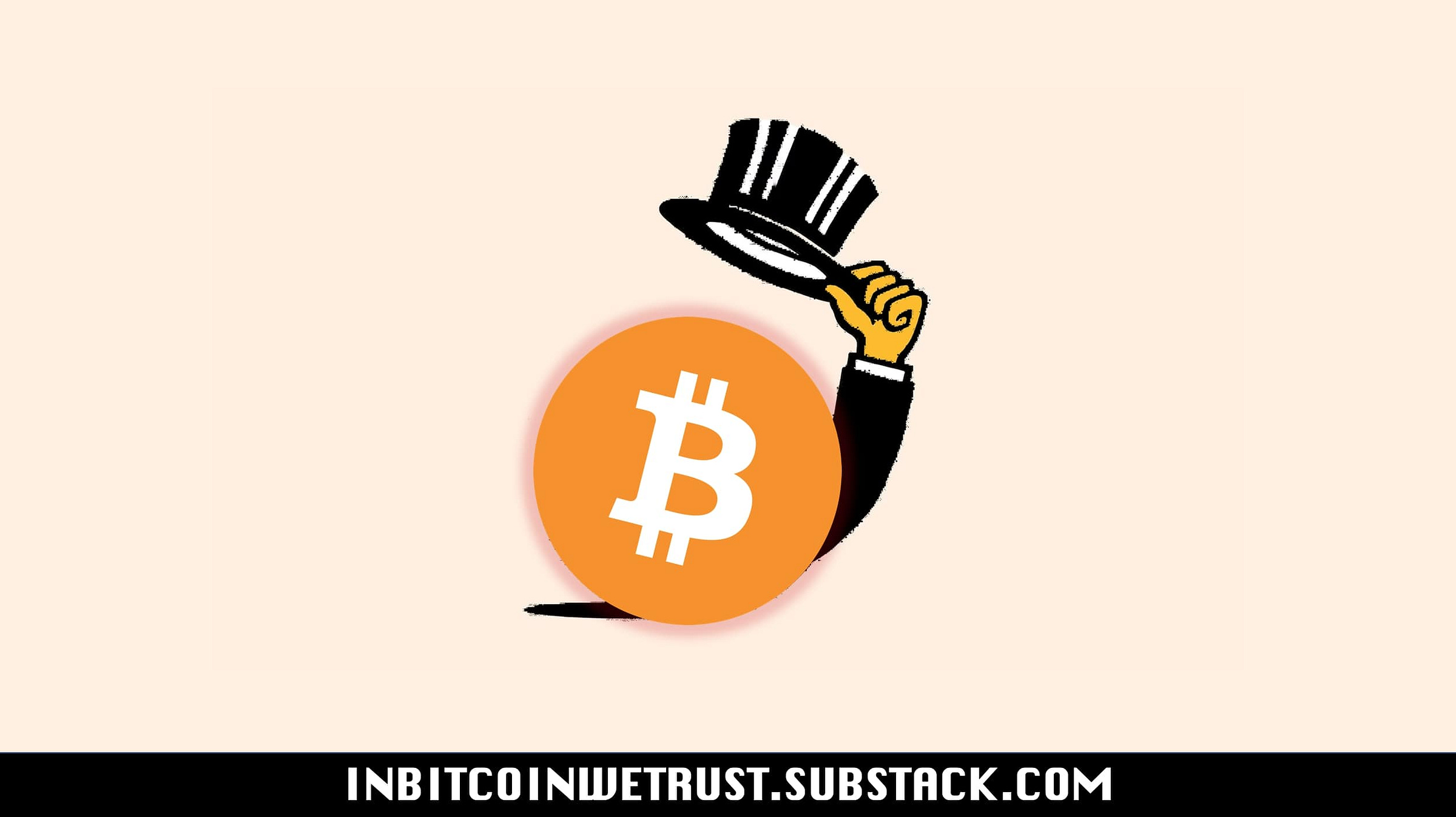Beyond the Code: Why Bitcoin Is Inimitable.
The next time you hear someone ask why we can't just copy Bitcoin, you'll know the answer.
In the digital world, where everything seems to be able to be copied and pasted with a single click, one question keeps coming up with disconcerting regularity: “Why can't we just copy Bitcoin?” After all, its code is open-source, accessible to anyone with an internet connection. Any competent developer can download it, modify it, and launch their versi…
Keep reading with a 7-day free trial
Subscribe to In Bitcoin We Trust Newsletter to keep reading this post and get 7 days of free access to the full post archives.

